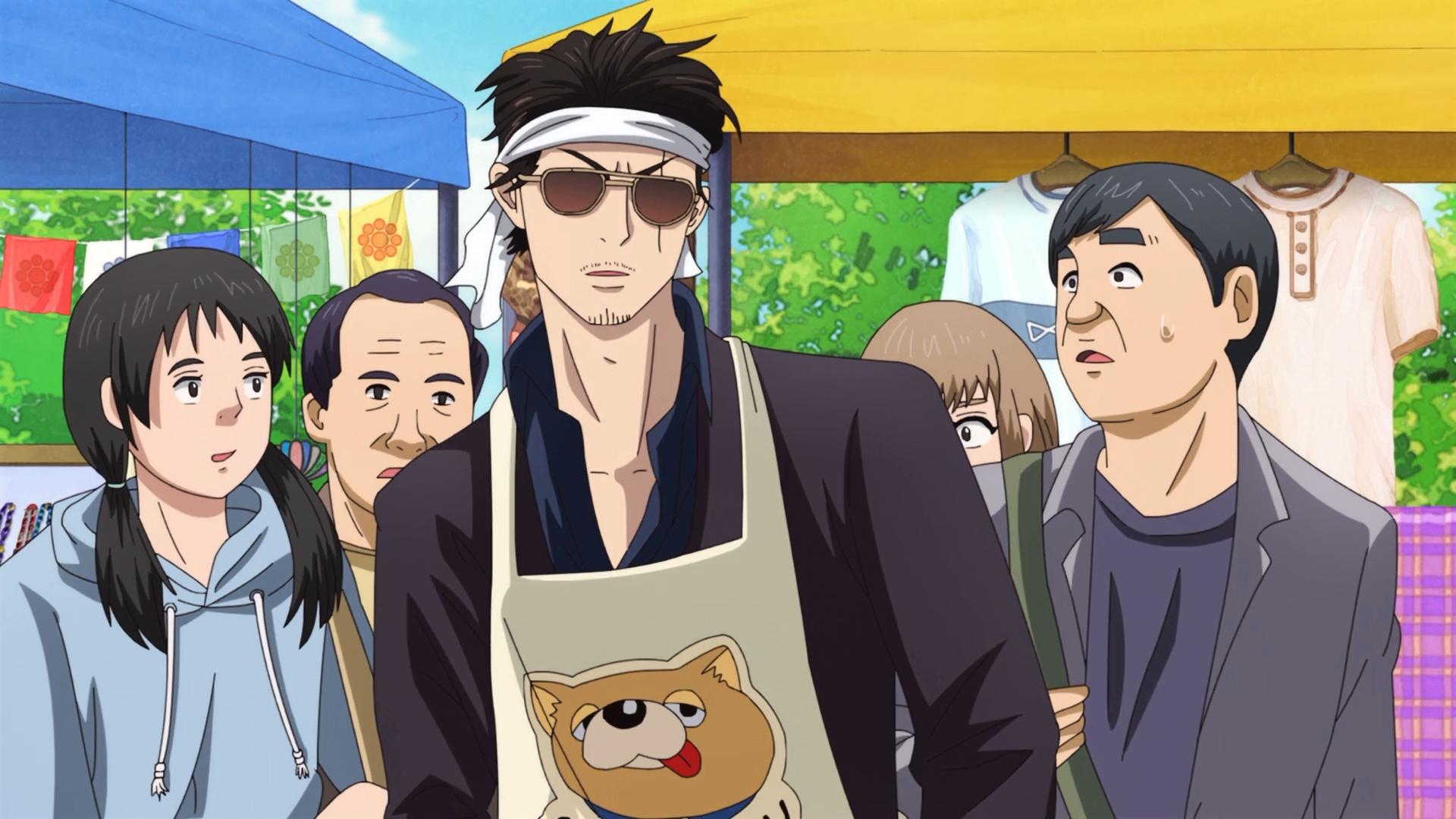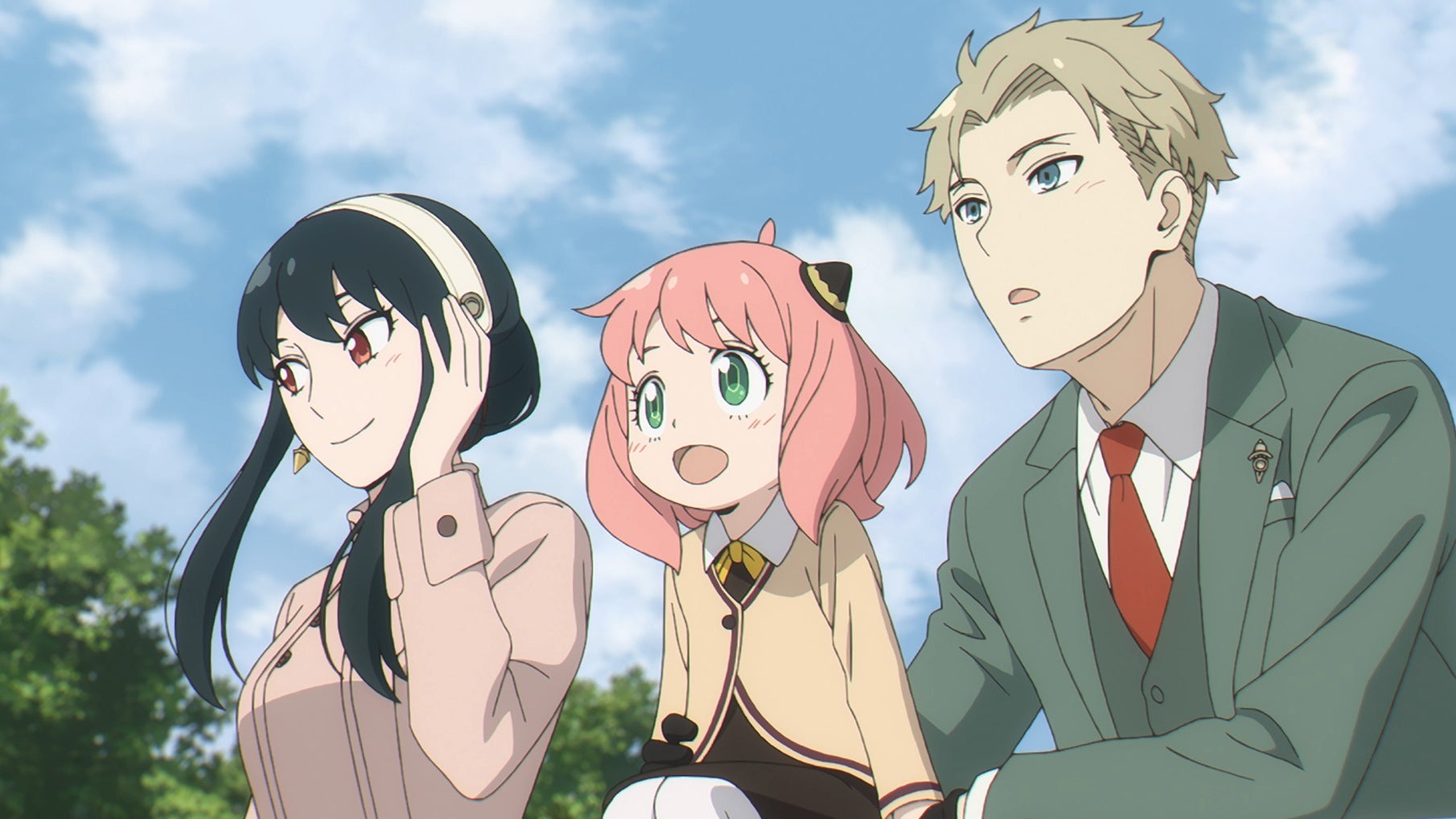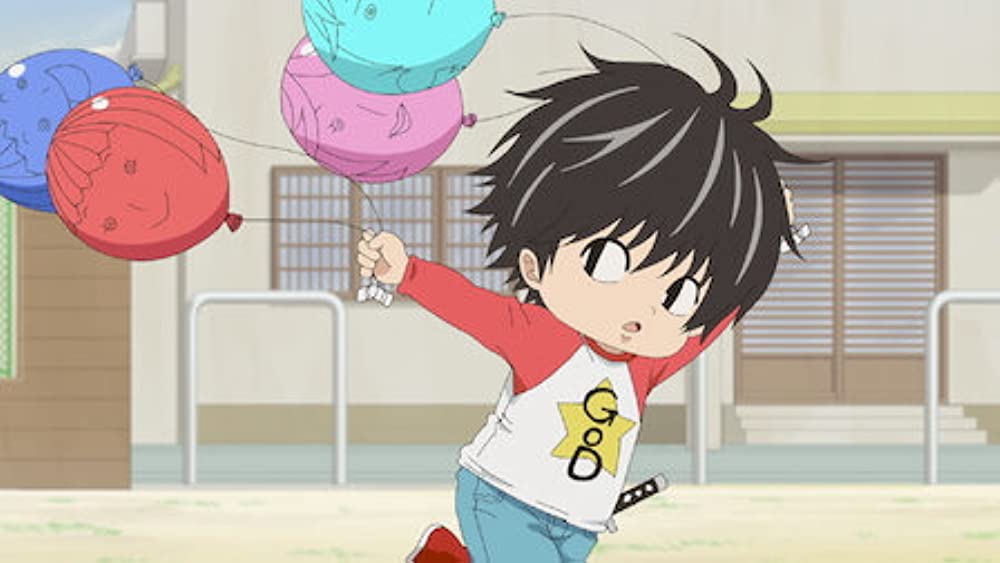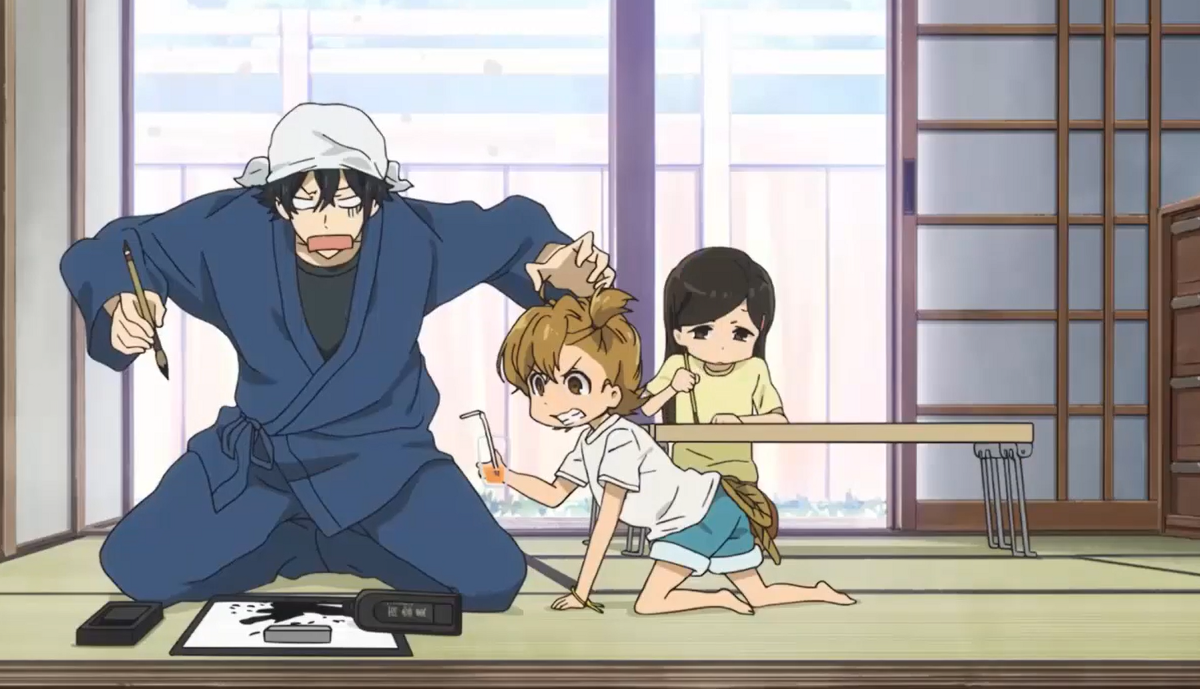Yakuza viewers cherished the “insider’s view” of gangster life as seen through the eyes of notorious criminals in Japan. The series, which draws extensively on yakuza flicks and criminal drama, presents a slightly exaggerated interpretation of the yakuza plot. But aside from the extravagant action, Yakuza’s intriguing narrative stands out the most. After all, it’s not exactly typical to come across a gaming series that examines the lives of a repentant mobster.
Many Yakuza fans may beg for an action/slice-of-life anime adaptation of this gaming series. What better way to experience Kazuma Kiryu’s tale than through the action and absurdity of contemporary anime? Fans may be shocked to find that there are other anime series that are comparable to Yakuza, though. They might even enjoy some of these anime.
Yakuza offers lovers of the mobster genre a brand-new perspective on gangsters and badasses on the streets, this time from the Yakuza of Japan. Through new games and even new protagonists, the series’ bizarre interpretation of the Yakuza concept has remained a fan favourite. It isn’t surprising that various forms of media, including movies and anime, approach the topic of yakuza, mob, and gangsters in different ways. Some Yakuza-loving anime fans might wish to watch some other anime to see how they interpret the idea.
1. The Way of the House Husband

What occurs when a notorious Yakuza boss weds a professional woman? The “Immortal Dragon” Tatsu of The Way of the Househusband (or Gokushufudo) gives up his life of crime in order to assist Miku, his kyariauman (or career woman) wife. This slice-of-life manga (which will eventually become an anime in 2020) follows the amusing antics of Tatsu’s seemingly ordinary daily existence, which turns out to be everything but ordinary.
Similar to the manga, episodes of the anime frequently depict the imposing Tatsu performing routine housework. However, because to his terrible notoriety, he frequently has encounters with rivals and former Yakuza associates. Gokushufudo is unquestionably the most similar to the slice-of-life components of the Yakuza video games, in contrast to other violent Yakuza anime.
2. Spy x Family

For master snoop Twilight, no order is too huge. He used all of his talents as a spy to maintain peace between his nation and its hostile neighbours, but his most recent assignment requires him to look into a recluse politician who only shows up at school functions for his child. Twilight is able to get a young orphan girl and an office worker to perform the roles after dictating that he must now have a child and wife of his own to complete the task. He is unaware that his new wife is actually an assassin who is using him as a front to keep up the appearance of normalcy, and that his new daughter is an esper with the ability to read minds.
Although the plot of Spy X Family is very different, there are many essential elements that are the same. Both television shows centre on highly trained combatants accustomed to high-stakes combat. However, their position suddenly requires them to function as a caregiver for a child, and it turns out they are really skilled at it. The Yakuza’s Guide to Babysitting is relatively benign and humorous, although Spy X Family occasionally features more action.
3. Kotaro Lives Alone

A four-year-old youngster who recently moved in next door, lives by himself, and speaks like a samurai, is introduced to unsuccessful manga artist Shin Karino, disrupting his daily routine. Even though this young man is more mature than most of his neighbours, living alone is challenging at any age. Kotaro Lives Alone is originally distinct from The Yakuza’s Guide to Babysitting in that it is about a young child who lives alone with a growing family-like group of neighbours, but it has the latter’s capacity to cause you harm. You’ll learn that the reason Kotaro lives alone and Yaeka’s mother predicament are both tragic.
Kotaro Sato (Cherami Leigh), a four-year-old boy who appears to be without parents, is the subject of the film Kotaro Lives Alone. He moves into an apartment building on his own and rents a room next to Karino Shin, a young manga artist (Michael Sinterniklaas). He’s a tiny boy who speaks like a Japanese feudal lord and you wouldn’t think he knows the way of the world, but he knows enough to buy gifts and introduce himself to everyone in his neighbourhood. Though courteous and nice, he is nonetheless a little reserved.
It’s not obvious why his parents are no longer involved in the situation, and he doesn’t want to reveal all of his personal information. But it’s obvious that, while appearing to be able to take care of everything by himself, he is really just a little boy who needs assistance. While lounging around in his flat and occasionally working on his manga, Karino, the neighbour, finds it in himself to be less of a recluse. He even helps Kotaro go to places he has to go and keeps an eye on him when necessary.
4. Barakamon

Calligrapher Sei “Seishuu” Handa attacks a judge after the latter criticises his work, prompting his father to determine that Sei has to reflect on his actions and send him to live on a lonely island. The melancholy artist must adjust to his rural surroundings and his eccentric but well-intentioned neighbours because he is far from the modern conveniences of the metropolis. When his neighbours continually harassing him, his appliances routinely go down, and the local kids have converted his home into a covert base, how can he concentrate on his art?
The modern-day tale of Handa, a young professional calligrapher who strikes an elderly gallery owner in the face for disparaging his art, is told in Barakamon. Handa decides to go on a fictitious self-exile to a distant island town in order to escape the bustle of his life in Tokyo because he regrets this gaffe so much. He plainly dislikes this modification. He sees it as a just and necessary punishment, nonetheless. After all, even Handa could see why he was so enraged that he assaulted the gallery owner: the criticism was harsh because it was accurate.
Handa has always been the epitome of the calligraphy world’s golden child. Handa’s father was a well-known master, thus it should come as no surprise that his skill is unmatched. However, this also implies that he lacks a distinctive style of his own, to the point where everyone tends to remark that his calligraphy resembles that seen in a kanji workbook used in a school.
5. Somali and the Forest Spirit

After years of persecution, humanity is all but extinct, and spirits and other weird beings now govern the world. A little human girl and a golem who protects the forest are introduced one day. The golem resolves to try at least to find other humans to return her even though she has no memories of her parents.
While Somali and the Forest Spirit takes a fantasy approach to it, The Yakuza’s Guide to Babysitting concentrates on the Yakuza. In any case, both involve people who aren’t used to observing children being made to do so and performing admirably. Although both shows have many enjoyable moments, there is a lingering sadness that occasionally bursts through.
